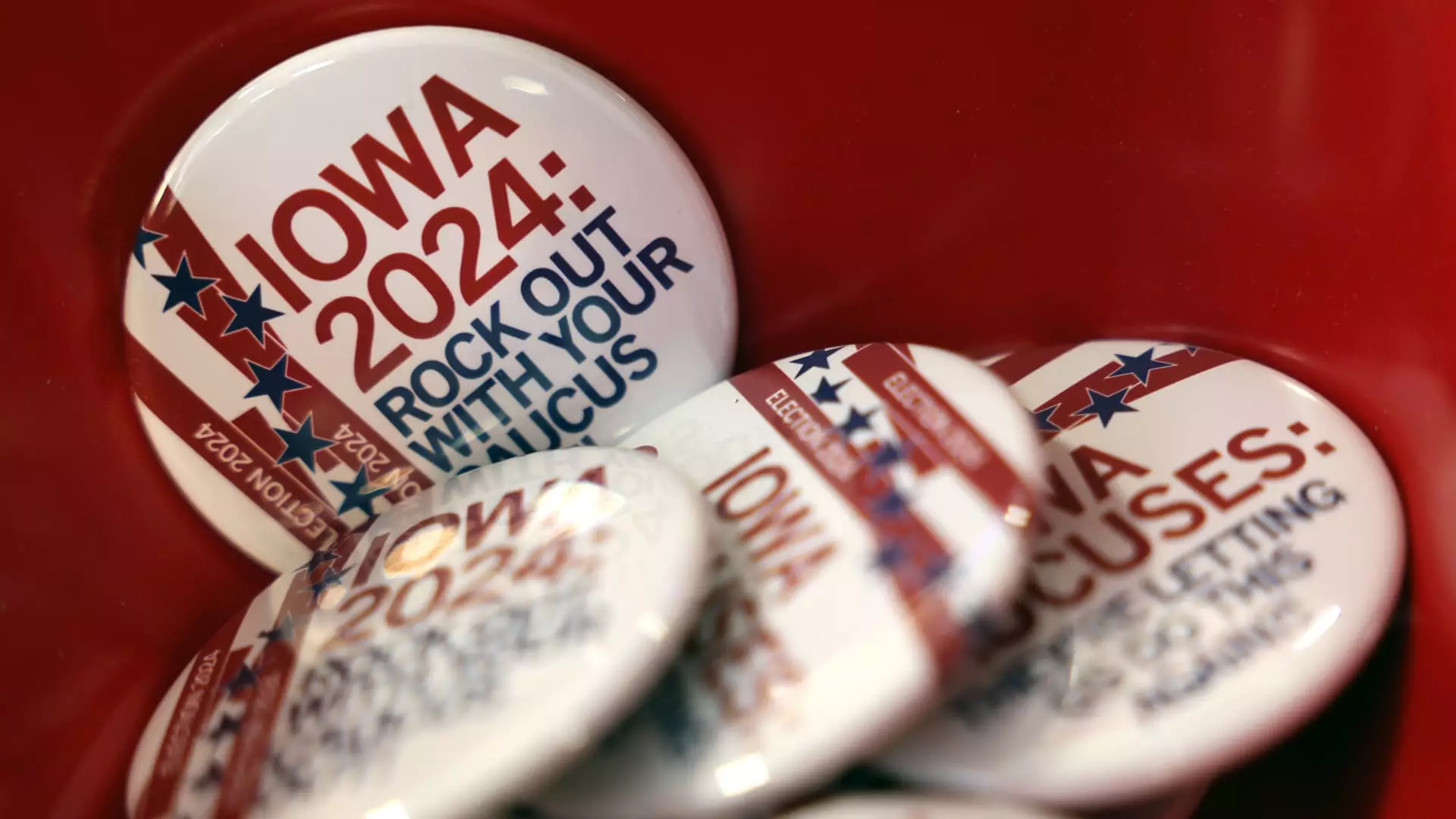The Iowa caucuses hold a significant place in the American political landscape as they kickstart the Republican presidential primary. These caucuses serve as an initial indicator of the direction the presidential election may take, making them a crucial tipping point for GOP candidates aiming to unseat incumbent President Joe Biden. However, there are several limitations and drawbacks associated with the Iowa caucuses that warrant critical analysis.
Caucuses, in contrast to traditional primary elections, require in-person attendance and active participation from voters. Individuals gather at designated locations to engage in discussions, listen to candidate speeches, and cast their votes. Unlike primaries, caucuses do not provide a remote voting option, potentially excluding voters facing logistical barriers such as childcare responsibilities or work schedules. Moreover, caucuses tend to attract voters who feel comfortable expressing their political views publicly, creating a self-selection bias.
Once more prevalent in the U.S. election system, caucuses have become increasingly infrequent. Apart from Iowa, only three other states, namely Nevada, Wyoming, and North Dakota, still utilize the caucus format. Additionally, certain U.S. territories like American Samoa, Guam, and the Virgin Islands also hold caucuses. The logistical complexities associated with caucusing in Iowa offer valuable insights into the strength of a candidate’s voter base, as dedicated supporters braving extreme weather conditions demonstrate their unwavering commitment.
The results of the Iowa caucuses determine the allocation of Iowa’s 40 delegates among the candidates. However, it is important to note that Iowa represents only a small fraction of the national delegate count. Winning Iowa delegate-wise may not be the primary goal for candidates; instead, they strive to exceed expectations and create a narrative of momentum for future primaries. These results serve as an initial litmus test of a candidate’s viability and offer voters a clearer picture of who stands a chance on the national stage.
Iowa has historically held greater influence in shaping the Democratic presidential nominee compared to the Republican candidate. Republican voters across Iowa’s precincts convene to elect caucus chairs and secretaries who then oversee public speeches by campaign surrogates. Following these speeches, caucusgoers cast their votes on paper ballots, which determine the proportion of delegates each candidate will receive. These delegates go on to participate in county conventions and eventually face elections at the Republican National Convention.
For Democrats, the Iowa caucuses in 2024 will carry less weight and primarily serve as a formality. Due to a vote-counting debacle in 2020, Democrats have intentionally decreased their emphasis on the Iowa caucuses. Technical difficulties during the reporting process led to delayed results, prompting a reevaluation of the system. Unlike prior years, Democrats in Iowa can now mail in their candidate choices, shifting the focus of caucus night to administrative tasks and the election of delegates.
Despite polling indicating a significant lead for Donald Trump among GOP candidates in Iowa, historical results have demonstrated that Iowans can often deliver surprises. In 2020, Pete Buttigieg emerged as the Democratic winner, surpassing more well-known contenders like Biden. Similarly, in 2016, Ted Cruz defeated Trump, leading to claims of fraud by the former president. Candidates who acknowledge and prioritize Iowa’s influence typically enjoy the rewards of winning over these politically engaged voters.
Various Republican candidates have adopted different strategies to navigate the Iowa caucuses. While Vivek Ramaswamy heavily focuses on retail politics, committing to visiting all 99 counties in Iowa twice, Ron DeSantis aims to complete a “full Grassley,” visiting each county once. Notably, former President Trump has spent less time physically campaigning in the state, often relying on surrogate speeches. Contrastingly, Nikki Haley has placed less emphasis on Iowa and invested more in New Hampshire, the nation’s second primary.
As the first major voting event in the Republican presidential primaries, the Iowa caucuses hold substantial influence over the trajectory of the election. However, their unique format, declining prevalence, and limited delegate count necessitate a critical evaluation of their impact. Iowa serves as a litmus test for candidates’ viability, but it is crucial to recognize the differing roles the caucuses play in shaping Democratic and Republican nominees. While the outcome of the caucuses may provide insights into the candidates’ momentum, surprises are not uncommon in Iowa’s politically-engaged electorate. Ultimately, the Iowa caucuses remain a crucial event in American politics, demanding constant reflection and analysis.

Leave a Reply